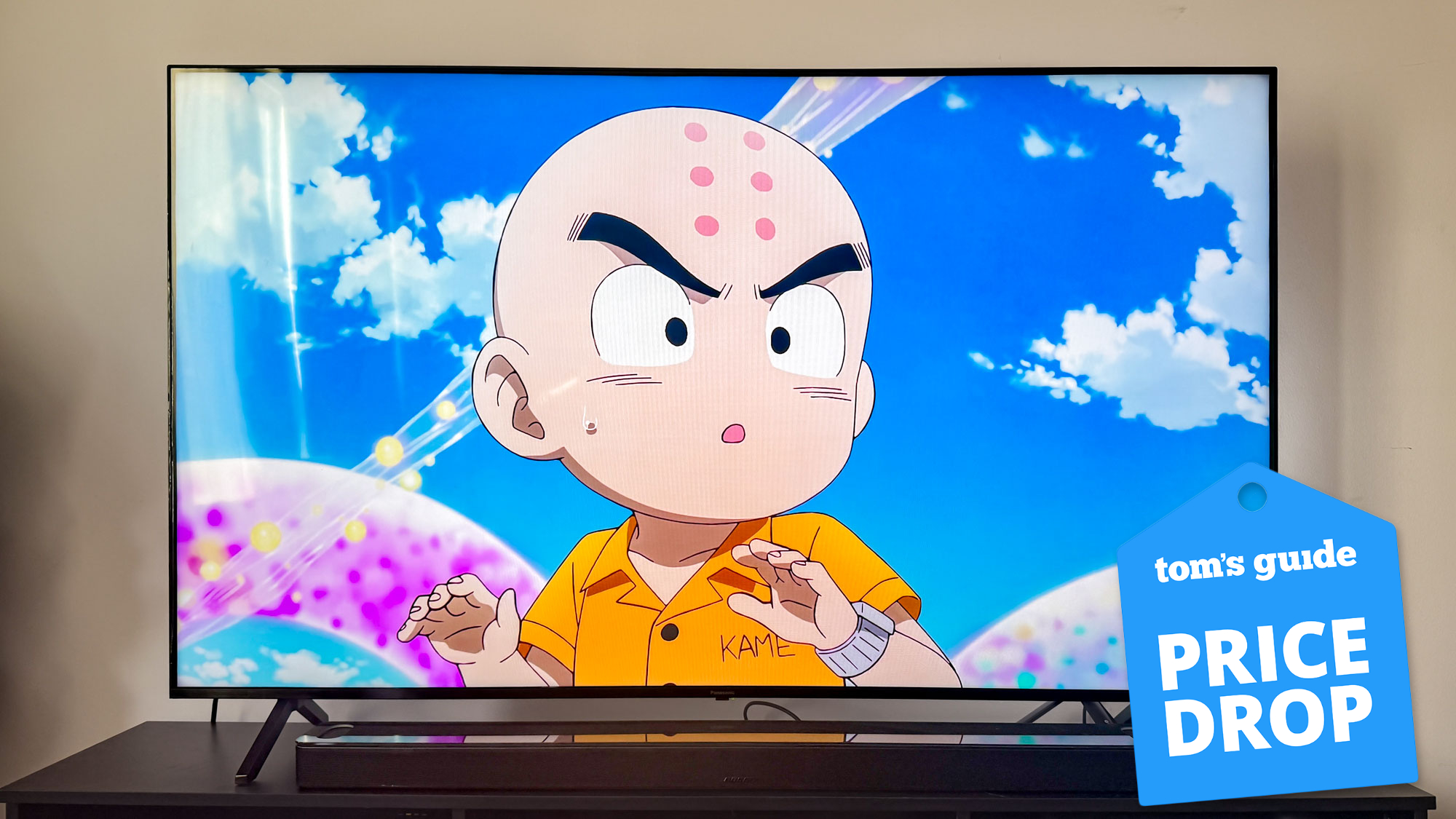Spotify Premium’s new play and shuffle buttons are music to my ears
Spotify makes it easier for you to choose how to play — and it's a good day for music fans

Spotify has announced that it will be rolling out an update to Premium subscribers that separates its Shuffle and Play buttons.
In a recent post, the music streaming service behemoth says that the update will "make it clearer for users to select the playback mode they prefer at the top of playlists and albums..." and that it will be "rolling out this update on iOS and Android mobile devices for Spotify Premium users worldwide over the coming weeks."
Spotify's Shuffle playback control caused controversy last year when several artists (including Adele) railed against the streaming service's use of a default auto-shuffle play button. The outcry asked that it be removed from albums to enable listeners to experience content on the streaming service in the track listing order that the artists and music producers originally intended.
Following the outcry, Spotify's Shuffle playback system was replaced with a traditional Play button on all albums. Spotify free users will continue to only be able to listen to playlist tracks on shuffle with ads played in between.
Opinion: the album order matters

The move to ditch the auto-shuffle Play functionality on Spotify received my full support, and I'm pleased to see that Spotify isn't looking to override the pressure it received from artists over this functionality. It feels unreasonable, though, that any music streaming service would ever look to disregard the artistic curation of an album, or that Spotify is now looking to leverage its Premium tier by simplifying playback control. No other services has taken this approach.
Even though the way we consume music today through services such as Spotify, Apple Music, and Tidal is very different to the analog world that introduced me to music, I firmly believe that an album's running order — thoughtfully put together by the artists and record producers — should be listened to in the order they intended.
I have no objection to anyone skipping tracks they don't like, but I've rarely used any shuffle playback modes, even when listening to a playlist. You see, I've spent so much time putting together cassette mixtapes (remember those?) over the years, with carefully curated content for my own personal playback to fit a certain mood or capture a particular time or event, that I really do appreciate the musical journey when tracks fit together in some artistic way.
Get instant access to breaking news, the hottest reviews, great deals and helpful tips.
Concept catastrophe
Although something of a rare breed today, another case for ditching Shuffle playback mode is when listening to concept albums. These naturally need to be listened to in the correct track listing order.
For example, play Kate Bush's "Ninth Wave" suite of tracks written as a concept piece for the "Hounds of Love" album, where each track takes you through the stages of a person being lost at sea, and you'll see what I mean. Or, The Beatles' "Sgt. Pepper's..." album where the first track sets the scene as a live performance. Both albums really should be played in there original track listing order to fully appreciate the journey the artist is taking the listener on. To play these albums any other way would be missing out on the artist's original concept.
Of course, as we increasingly move to an era where our listening habits are governed by streaming services with algorithms that are geared towards hit singles from a multitude of different artists, the art of making an album is undeniably on the decline. The good news is, though, that Spotify appears to be listening to artists and subscribers, and in giving Premium subscribers clearer playback controls it's beginning to look like a much better time for music lovers everywhere.

Lee was Tom's Guide's audio editor, where he covered all things audio for Tom's Guide, including headphones, wireless speakers and soundbars and loves to connect and share the mindfulness benefits that listening to music in the very best quality can bring. As a former editor of the U.K.'s Hi-Fi Choice magazine, Lee is passionate about all kinds of audio tech and has been providing sound advice to enable consumers to make informed buying decisions since he joined Which? magazine as a product tester in the 1990s. Lee has joined the passionate audio experts at audiograde.uk where he writes about luxury audio and Hi-Fi.
